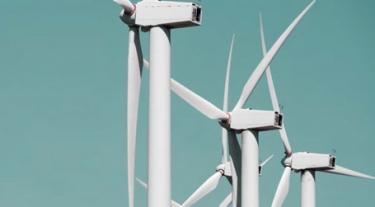Publication Date: May 2018
The Climate Investment Funds (CIF) were established in 2008 to provide scaled-up climate financing to developing countries to initiate transformational change towards low carbon, climate resilient development. Channelled through the multilateral development banks (MDBs), the CIF encompass two funds: the Clean Technology Fund (CTF) and the Strategic Climate Fund, which includes three targeted programs – the Forest Investment Program (FIP), the Pilot Program for Climate Resilience (PPCR) and the Program for Scaling up Renewable Energy in Low Income Countries (SREP). Contributor countries to the CIF have pledged more than USD 8.3 billion to fund preparatory activities and investments in 72 countries.
The CIF Administrative Unit, in collaboration with the CIF’s MDB partners, sought to undertake an analytical exercise to draw lessons from the experience of the CIF and international finance institutions in supporting investment in energy efficiency. The aim of this study was to better understand the effective use of public finance – in particular concessional climate finance provided through the CIF – in scaling up investment in energy efficiency, mainly in middle income countries, focussing specifically on demand-side energy efficiency.
The study created a common framework to analyse and evaluate the whole portfolio of CIF-funded energy efficiency programs. The framework was used to prioritise 8 programs out of the 43 comprising the portfolio, looking at drawing lessons across a variety of dimensions, including sectors (e.g. industrial, residential, buildings), program models (e.g. credit lines, energy efficiency funds, utility financing, public financing, guarantees), and scale of beneficiaries (e.g. households, SMEs, large industry). Finally, these lessons were discussed in two invitation-only dialogues featuring a broad selection of energy efficiency stakeholders including MDBs, commercial banks, funders and governments from a number of countries where the CIF is active.
The study also set out to explore how concessional finance can best be utilised to attract institutional investors to invest in energy efficiency (e.g. through investments in funds or facilities). Energy efficiency can offer very high returns, but the actual level of risk of underlying investments is poorly understood by institutional investors. In the effort to scale up investments, the participation of institutional investors would be key. However, the perceived risks of energy efficiency remain high, and there are few examples of funds that are returning the expected value to investors. The aim of this research was to systematize the current understanding of institutional investors and insurance funds’ reluctance to invest in energy efficiency and find appropriate countermeasures that could be pursued by the MDBs using concessional finance.
The lessons generated through this work will inform future efforts by the CIF, its MDB partners, and other public and private actors supporting and/or undertaking investment in energy efficiency on how best to harvest this realise this opportunity.


